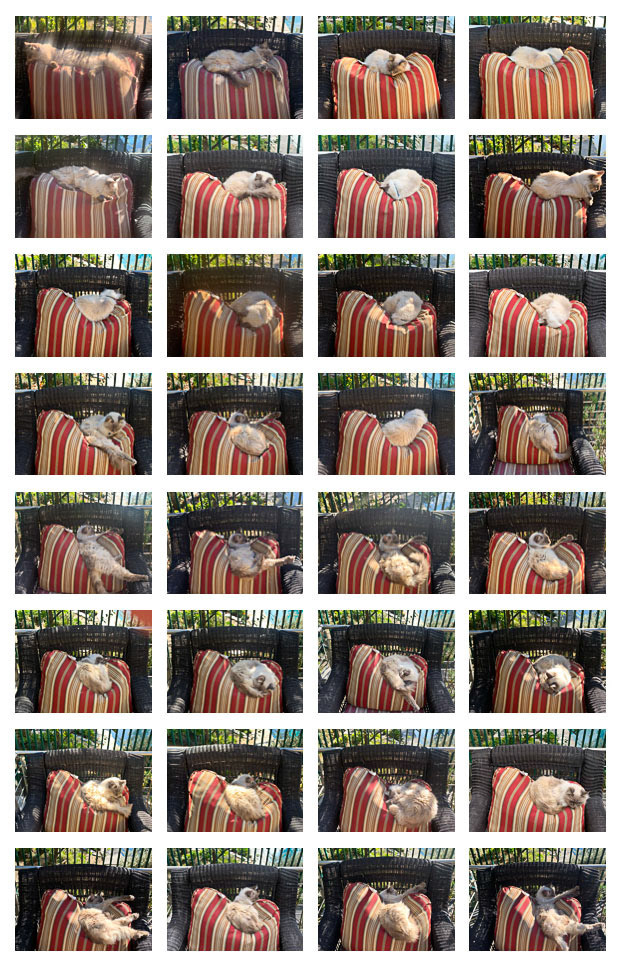My “TypoLAgies” photo grids are about the repetition of symbols and touchstones that have a special Los Angeles flavor. From top left to bottom right:
HOLLYWOOD BOULEVARD: A bit of obscure Hollywood history from the LA Times Nov 7, 2002:
Only true night owls are around to watch when this group of movie stars drops in on Hollywood Boulevard for a little after-hours whimsy. The celebrities are wearing acrylic smiles as their likenesses are painted on the roll-down security doors of nearly 150 shops that line part of the Hollywood Walk of Fame. It's part of a city-sponsored beautification project for the beleaguered street. Most of the security doors were installed after the 1992 riots. Dark and grubby-looking, they shut off the light and liveliness of the street when shopkeepers lower them, lock them and leave for the night. Even worse, they were targets for graffiti. When the roll-down doors began being spray-painted, a community-based cleanup group called the Hollywood Beautification Team experimented with placing celebrities on them to dissuade the vandals.
Hollywood has become a different place since 2002, but the rollup door celebrities are still there, along with the tourists, clubbers and street people. Maybe it hasn’t changed that much after all.
STORM DRAINS OF THE LA RIVER: TUJUNGA AVE>LAUREL CYN BLVD: The Los Angeles River is a unique environment and the hundreds of storm drains that line its banks are fascinating symbols of the river’s concrete origins, its engineering purposes and its very unnatural appearance. These encrusted “urban waterfalls” are each totally unique, like snowflakes, and worthy of study and comparison. How will the “new” LA River maintain this function but change the form? These unusual subjects remind us of the tenuous relationship our region has with water. The images in this grid are from a 1 mile section of the river in Studio City.
NAMING RIGHTS: In a 1998 Los Angeles Times editorial about the area's evolving standards for development, the birth of the dingbat is retold (as a cautionary tale): "By mid-century, a development-driven southern California was in full stride, paving its bean fields, leveling mountaintops, draining waterways and filling in wetlands...In our rush to build we tolerated monumentally careless and unattractive urban design...Some of it [was] awful—start with the 'dingbat' apartment house, a boxy two-story walk-up with sheltered parking at street level and not one inch of outdoor space." Two important features of these structures:
Earthquakes: These building are notorious for “pancaking” in an earthquake. When they are sold or renovated they must be retrofitted; an expensive proposition for these (relatively) cheap rentals.
Names: Most of these buildings are just identified by an address, but a small subset were given lofty and flamboyant names by the mostly middle class people who built them. An LA Times reporter writing about a book devoted to the rediscovery of the dingbat noted, "Grandiose names—manors, arms, chezs, chateaus—abound. 'How charming is that?' Piercy asks, flipping to a big, numb box with Byron Arms printed above the doorway. 'Nobody in their right mind would think that Lord Byron lived there. It's lovely!'"
SHERMAN WAY: From a 2002 study by the Pepperdine University-School of Public Policy and the Economic Alliance of the San Fernando Valley:
Back in the 1970s, the region was perceived as a bastion of predominately Anglo, middle class residents living adjacent the most cosmopolitan society of Los Angeles. Today that reality has drastically changed. Since the 1970s, the Valley has itself become increasingly multi-racial largely as the result of migration of immigrants from such diverse places as Mexico, El Salvador, Iran, Israel, Armenia, Vietnam, Korea, India and China. By 1990, this pattern was already well-formed; a decade later, the evidence is incontrovertible.
This pattern is on full display along Sherman Way -- the main drag that literally bisects the Valley. It is for the most part pretty ugly by any standard. Almost uninterrupted strip malls without shade or architectural distinction. But there is a surprising suburban “density of diversity” literally advertised mile after mile on the towering signs made to be seen by the endless stream of cars passing by.
:This project started out as a study of LA’s “dingbat” architecture (look it up) but as I drove around I became more interested in the subset of those building types that were given florid names by the generally middle class people who built them when LA was the land of dreams and opportunity. The names reflected these grandiose dreams totally out of proportion to the size and style of the architecture, and over time have become even more ironic as the neighborhoods around them have become redeveloped and gentrified.
CLOSED ON SUNDAYS: How do you shop? Superstores, chains, malls, boutiques, mail order, online? What has become in jeopardy is the neighborhood storefront. One thing many have in common is that they are closed on Sundays – a nostalgic notion in a society open 24/7. This grid of images is about the struggle of the little guy to survive when all they have is a storefront, an idea, a can of paint and a window display to compete in an environment where they are outclassed, outgunned and outspent for your business. Some succeed; many fail and most just hang on. But how dull would our communities be without these unique forms of expression? Each of these storefronts is a work of folk art but the stakes are high – the success and future of a family, a street, neighborhood or even a city. Do we want every Main Street to look the same? Should people have to work 7 days a week to survive?
POWER PLANTS: There is of course nothing more natural than plants, but it is a jarring feeling to see them being grown on an industrial scale under crackling, humming power lines, a location we’ve been told causes everything from cancer to brain malfunctions. And to see this row after row, mile after mile, tower after tower, is a hidden-in-plain sight unique feature of the Los Angeles landscape. It seems like a win-win-win situation. The nurseries (many are wholesale) get cheap land and water from the city for land that would otherwise be unwanted, barren and unused. The city gets some rental income and taxes from these businesses and the adjacent homeowners get to live next to and look at something a lot more pleasant than the alternative.
THE MYSTERY OF YMI: I had never heard of YMI, but apparently it is a very successful brand of women's jeans featuring the "Colombian Cut." Out of a long held interest in the rather shabby older parts of LA’s industrial areas, I began a photo study of San Fernando Rd in the northeast part of the San Fernando Valley where immigration is high and architecture low. Then I noticed a YMI billboard completely out of place with its surroundings and not even easy to see. Then I noticed another. And another. And another. 18 in a 4.9 mile stretch of total industrial desolation. More women drive in Saudi Arabia than in this area. They seem like signposts in some science fiction movie that might upon seeing them cause some kind of mind control or groupthink action.
SAN FERNANDO ROAD MOTELS: Prior to the construction of Interstate 5, San Fernando Road was old U.S. Route 99 and an important connector from LA to points north. Since then, the section from Sun Valley to Burbank Airport has become highly industrialized, mainly with small shops catering to various forms of auto repair. The motels that grew up to service old Rte 99 traffic are mostly gone, replaced by these, some of which are SRO hotels or have been used in the business of prostitution.
A MONTH OF MAGGIE: Maggie (RIP) at 17 years old and very tired and liked her comfy places.
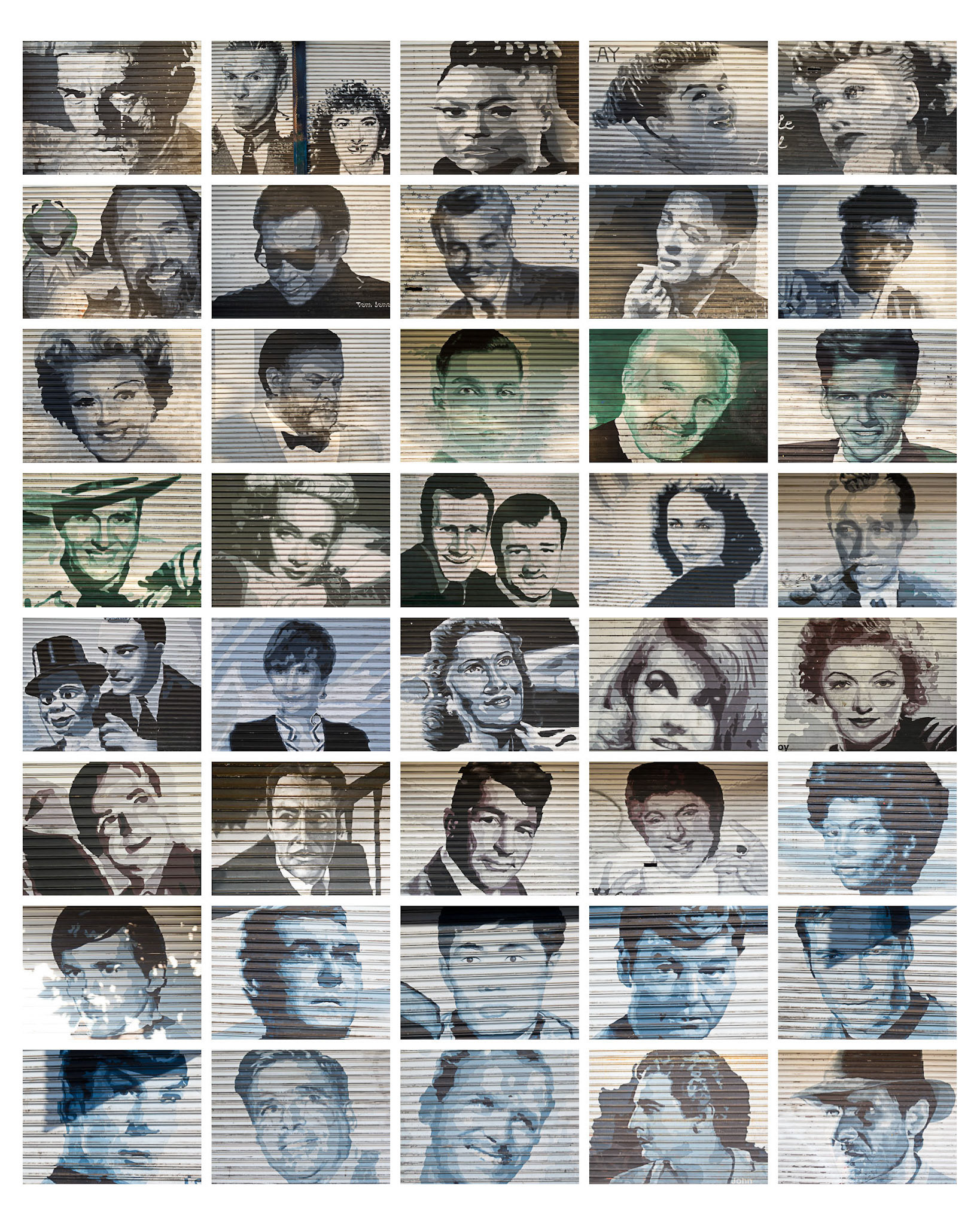
HOLLYWOOD BOULEVARD
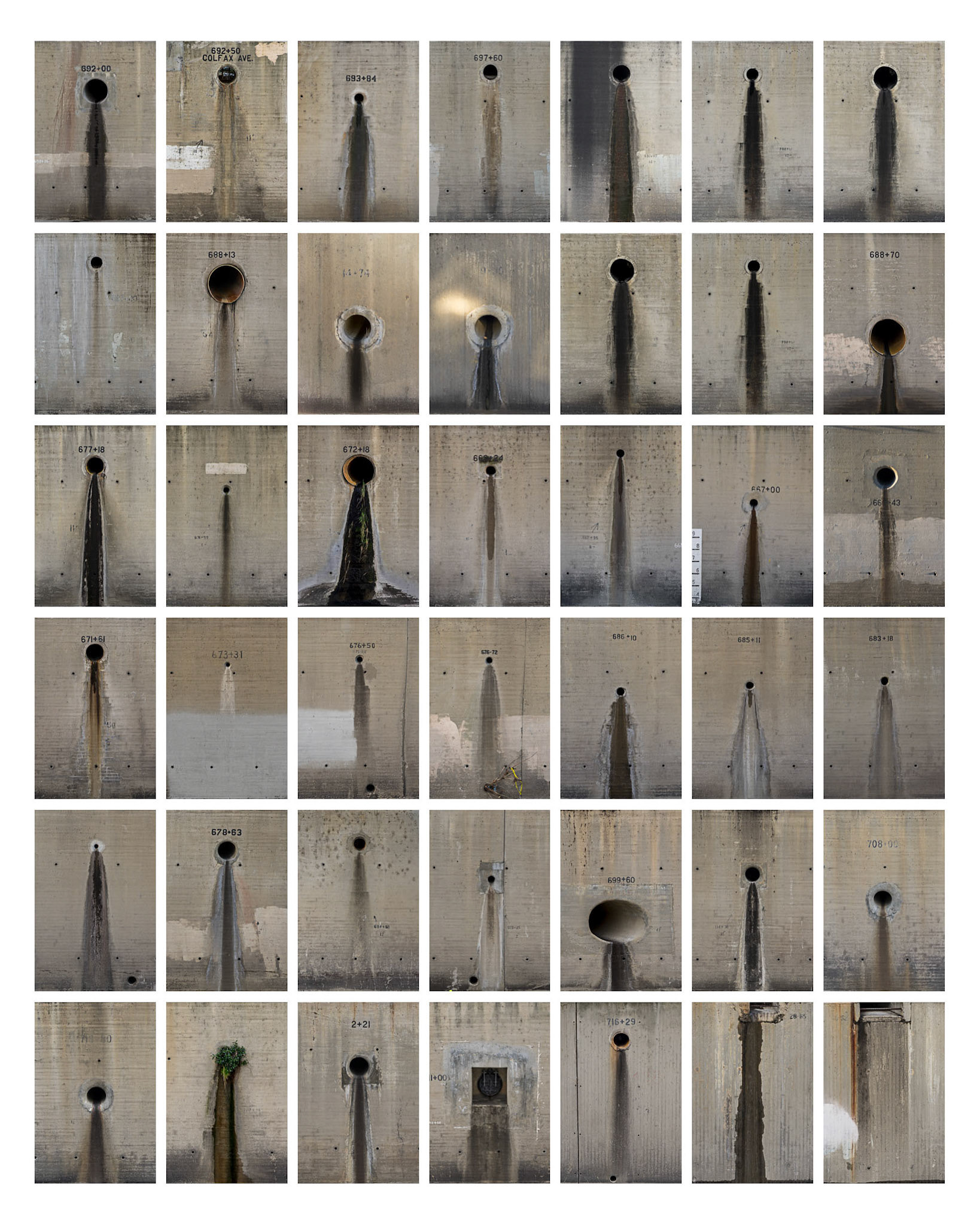
STORM DRAINS OF THE LA RIVER: TUJUNGA AVE>LAUREL CYN BLVD
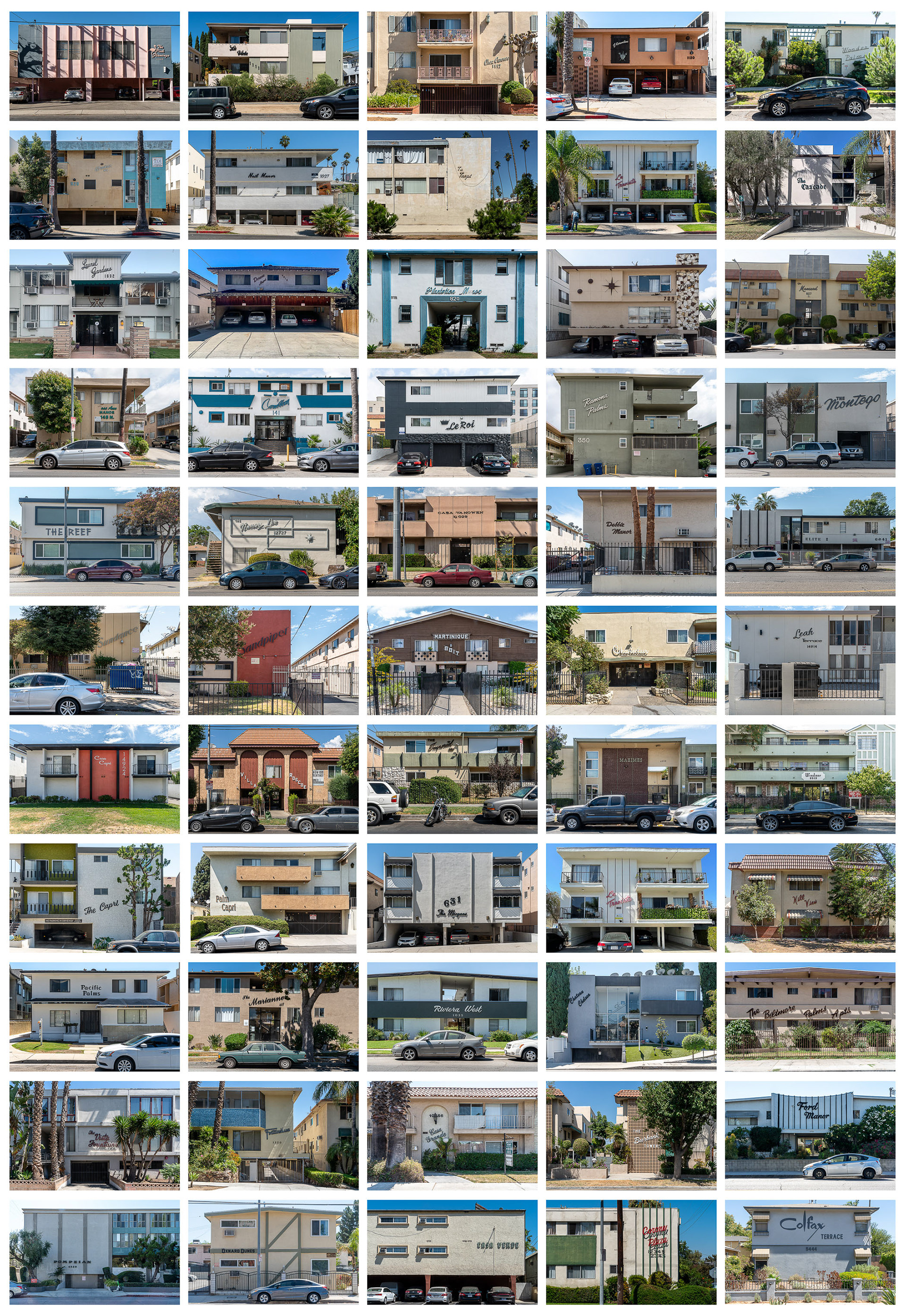
NAMING RIGHTS
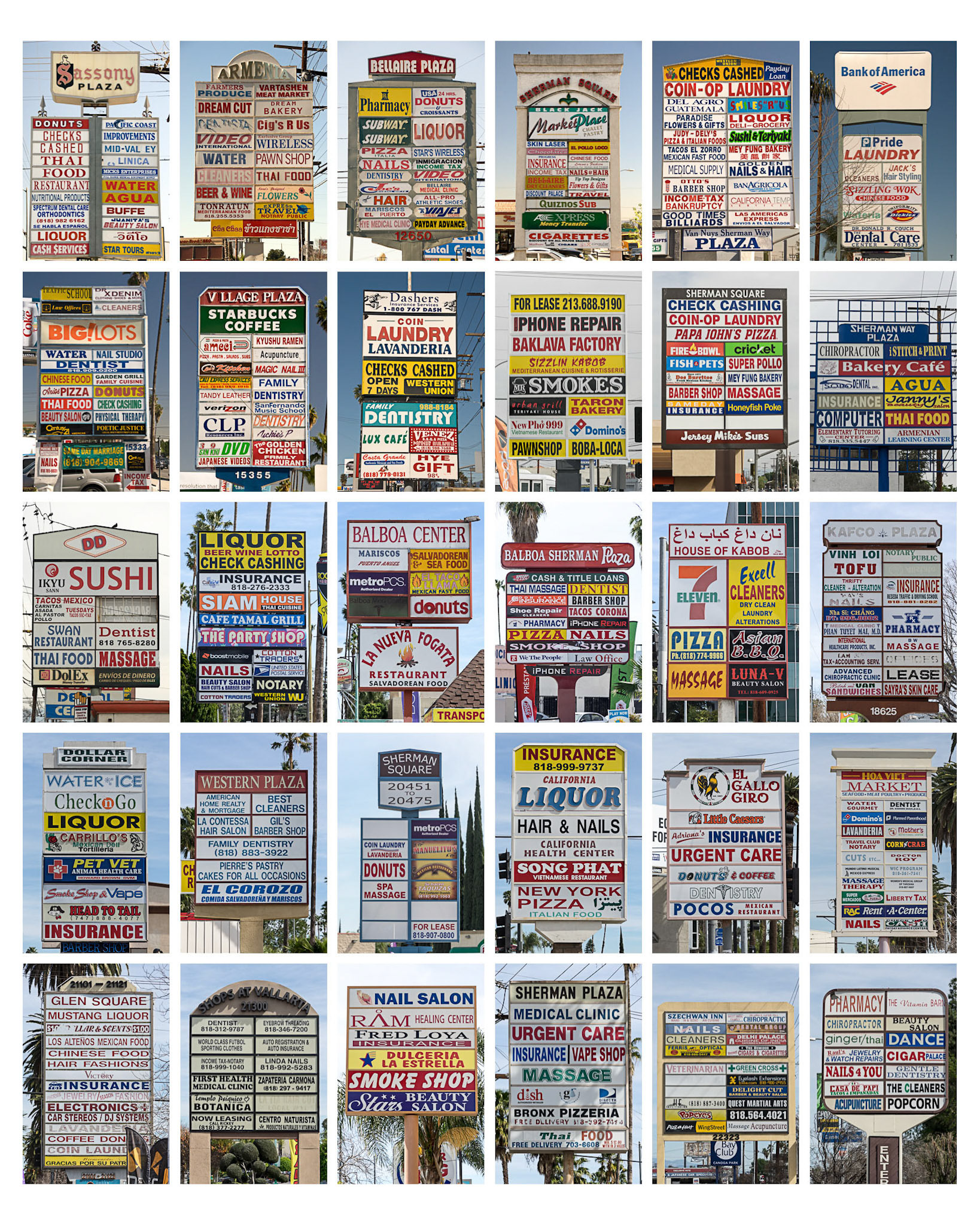
SHERMAN WAY
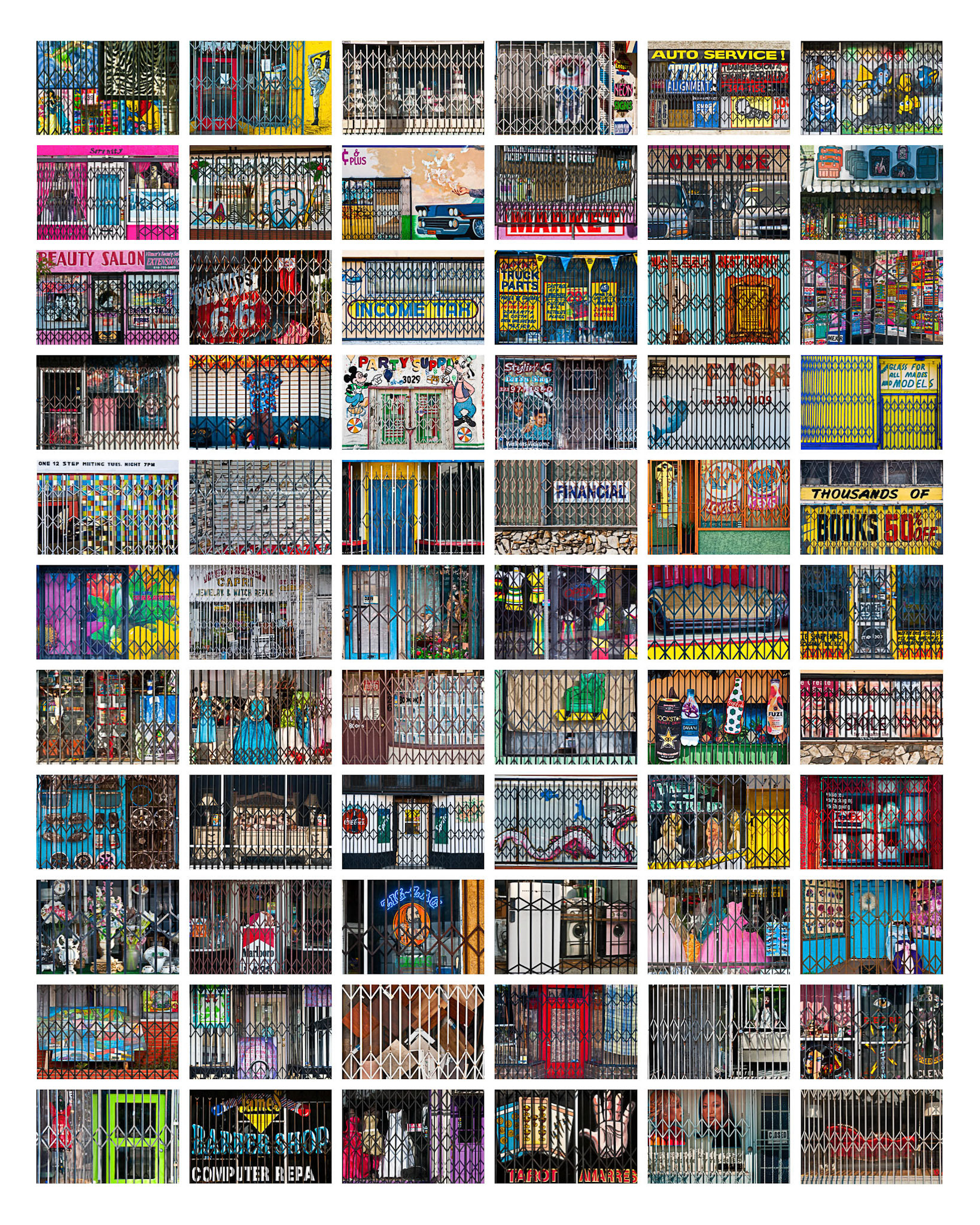
CLOSED ON SUNDAYS
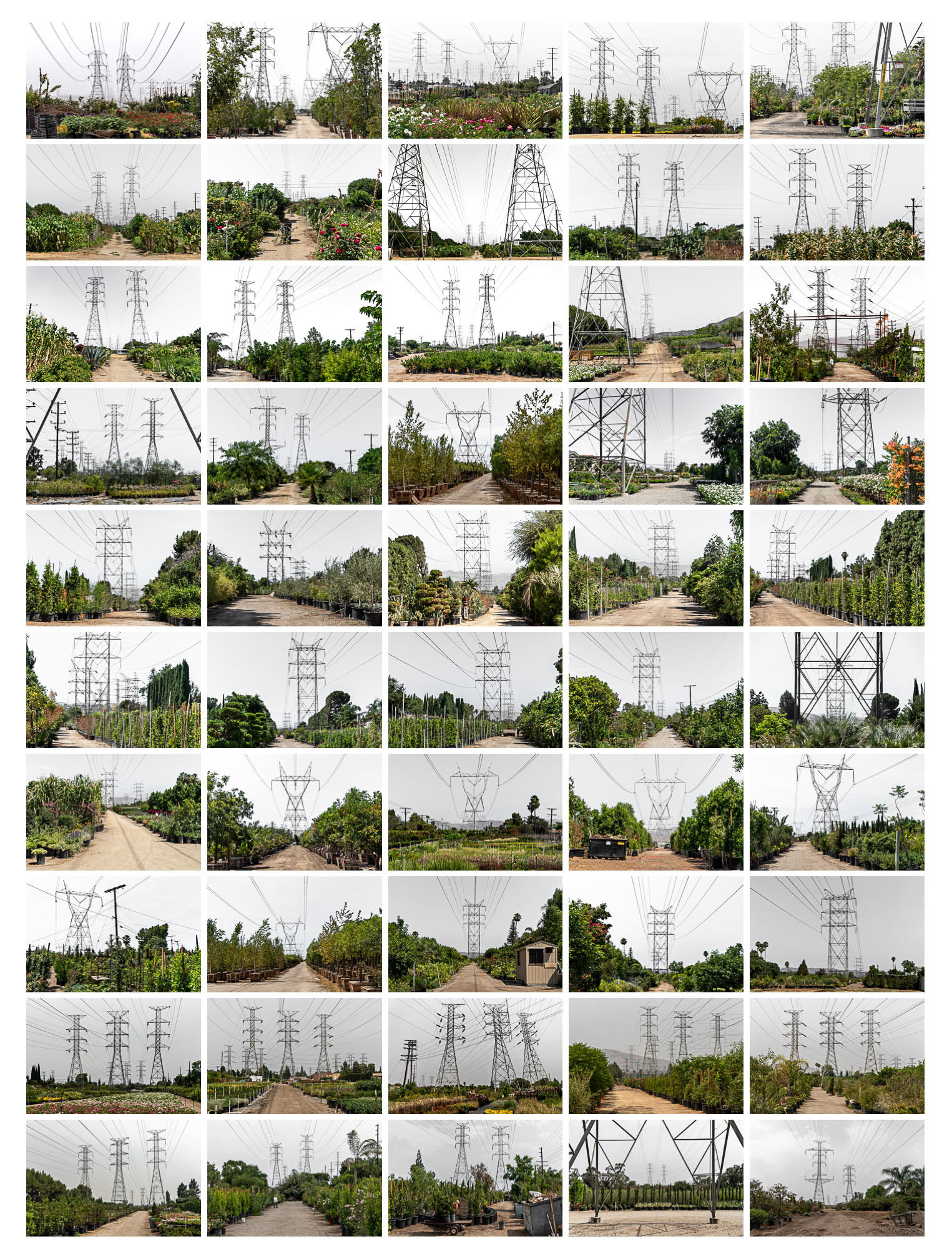
POWER PLANTS

THE MYSTERY OF YMI

SAN FERNANDO ROAD MOTELS
